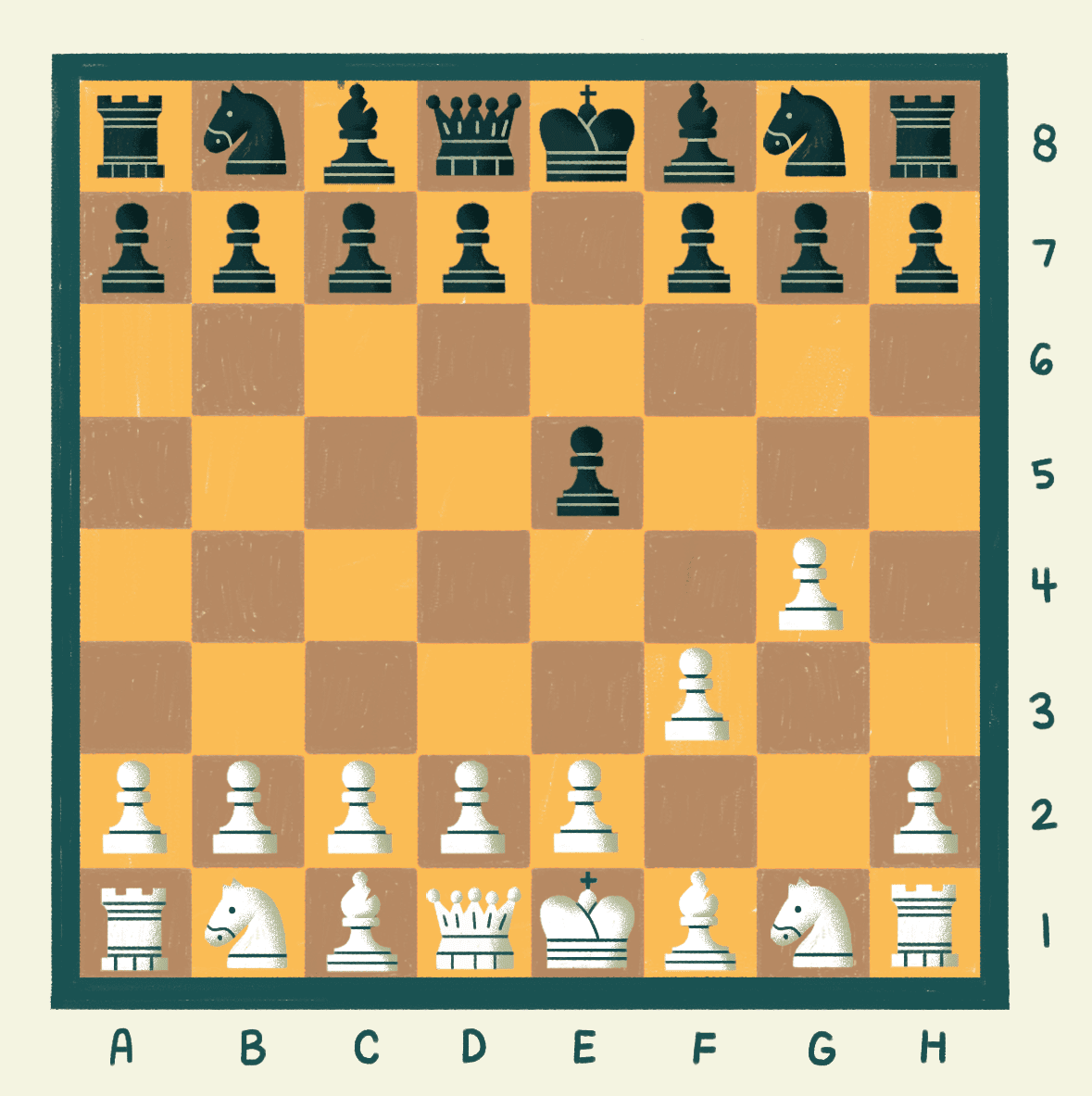Lesson 13: Design Patterns
Goals
Understand design patterns as a way of solving notable problems in OOP.
The GoF (Gang of Four)
The whole literature about the design patterns started in 1994 with the book “Design Patterns: Elements of Reusable Object Oriented Software”, by Erich Gamma, John Vlissides, Ralph Johnson, and Richard Helm. Due to the success of this widespread book, it was soon referred as “the GoF book”.

They identified 23 generic patterns in software programming, as well as many designed solution in OOP language to solve them, hence, the Design Patterns.
Early example - the Singleton
Let’s assume you are creating an application to manage lines in a post office. The office has many front desks that can carry any operation, so that the customers wait in a single line.

You are tasked to let every new customer get the next available spot, by implementing a TicketDispenser:
public class TicketDispenser {
private int current;
public int getNextTicket() {
return current++; //increment current and return its value
}
}
With this implementation, a cheating customer can easily get a ticket with value 1 by just getting another instance of TicketDispenser
public class Main {
public static void main(String[] args) {
TicketDispenser td = new TicketDispenser();
System.out.println("First customer has ticket: " + td.getNextTicket()); // 1
System.out.println("Second customer has ticket: " + td.getNextTicket()); // 2
System.out.println("Third customer has ticket: " + td.getNextTicket()); // 3
System.out.println("Cheating...");
TicketDispenser td2 = new TicketDispenser();
System.out.println("Fourth customer has ticket: " + td2.getNextTicket()); // 1
}
}
The aim of the Singleton design pattern is to let just exactly one instance of a class to be ever created. The classic implementation is
public class SingletonTicketDispenser {
// 1. create the instance as part of the class definition
private static final SingletonTicketDispenser instance = new SingletonTicketDispenser();
// 2. make the constructor private
private SingletonTicketDispenser () {}
// 3. expose a public static method to get the instance
public static SingletonTicketDispenser getInstance() {
return instance;
}
//same code as TicketDispenser
}
Now changing the main to use the singleton instance
SingletonTicketDispenser td = SingletonTicketDispenser.getInstance();
[...]
SingletonTicketDispenser td2 = SingletonTicketDispenser.getInstance();
will result in blocking any cheating customer.
Fourth customer has ticket: 4
Why do we need patterns at all?
Patterns are ready to use, stable and tested solutions to notable problems. It’s like a toolset a programmer has to speed up the implementation of its tasks. Whenever you are able to identify a notable problem in your requirement, you know how to solve it by using a well documented pattern.
Being able to master available patterns while coding comes from the experience. It’s like playing chess: after a while you are aware of classic situations and you now the best n moves to make. With design patterns you will never fall in fool’s mate again!

The design pattern classification
After the GoF book have been published, the programmers have added more and more patterns to the list. Some of them are small and applicable to a single programming language, and they are called idioms. Others are very high-level and can be used to design an entire application: they are called architectural patterns.
Whatever the scope of a pattern, we can always identify an intent to a given pattern; the GoF ones fall into three categories
- Creational Patterns: that deal with the creation of objects - the Singleton is here!
- Structural Patterns: defining relationship between objects;
- Behavioral Patterns: focusing on objects interactions definition.
For a full list of the patterns from GoF, see the Additional Resources section.
Design Patterns Exercise
Follow the link and download the exercise from GitHub Classroom.
Design Patterns Assignment
Follow the link and download the assignment from GitHub Classroom.